You may also like:
- Exploding Topics Review
- Top 11 Google Trends Alternatives
- The 8 Best Ways to Make Money Online (A Beginner’s Guide)
Back in 2015, I began researching how to make money online and generate consistent passive income.
After years of intensive investigation, I concluded that Affiliate Marketing was the best choice for me.
If you were in a similar position a few years ago, then this article is tailored for you.
Although I chose this business model, I was uncertain about where to start. So, I proceeded to purchase a course in affiliate marketing and learned that the initial step was selecting a niche or interest.
Assuming you understand what a niche is, let’s delve into learning how to find niches using Google Trends.
First, we need to ask ourselves whether we want to build a website to sell it later or if we want to retain the site.
Next, we must identify our interests and understand the distinction between narrow and broad niches. With the assistance of Google Trends, we can differentiate between seasonal and all-season niches.
Jump to:
- Identifying Your Interests
- Narrow Niches and Broad Niches
- Seasonal or All-Season Niches
- How To Find Niches Using Google Trends?
- Is There a Buyers Market in the Online World?
- Conclusion
Before We Begin
Notice the initial questions you should ask yourself:
- Do you want to build a website as a long-term business?
- Or do you want to build the website and sell it later after gaining traction and sales?
These are two different approaches to building a niche website, and you should consider this while proceeding.
The website is connected (directly or indirectly) with other platforms and tools. For instance:
- Google Analytics
- Social Media (Facebook, Pinterest)
- Bing Webmaster Tool
If you plan to sell the website in the future, avoid using your personal email address. This simplifies the selling process, allowing you to transfer the website and associated platforms seamlessly.
Identifying Your Interests
Frequently, people struggle to determine their interests. The best approach is to ask questions like:
- What do I enjoy?
- What genuinely interests me?
If you’re unsure, engage in a bit of brainstorming. Use a physical or digital platform such as Microsoft Word or Google Docs to list at least 5 different interests.
Feeling stuck?
Here’s a tip: Visit Amazon and explore the platform.

Based on your location, the appearance of the Amazon homepage may differ.
However, the goal is to spend time browsing through categories and noting down ones that genuinely interest you.
Narrow Niches and Broad Niches
Before delving into Google Trends, let’s clarify a key point.
When starting a new website, ranking on the first page of search engines is challenging.
This is because search engines like Google or Bing/Yahoo are unfamiliar with your website.
Micro Niche
To persuade search engines that your content is valuable, opt for a less common, specific niche, known as a micro-niche.
Broad niche
Imagine a tree where leaves are micro-niches, small branches are small niches, larger branches are broad niches, and the tree trunk is the main niche.
Also, consider the distinction between narrow and broad niches over time.
- A new website predominantly contains articles about specific products.
- As the website matures, its content expands, covering a wider range of topics.
In a few years, the owner of such a website could have a team of individuals working on specialized content.
Such a website can easily generate 4 figures per month, and potentially even more.
Seasonal or All-Season Niches
Some niches are viable only during specific seasons.
To determine if a niche is seasonal, consult Google Trends to assess its trendiness.
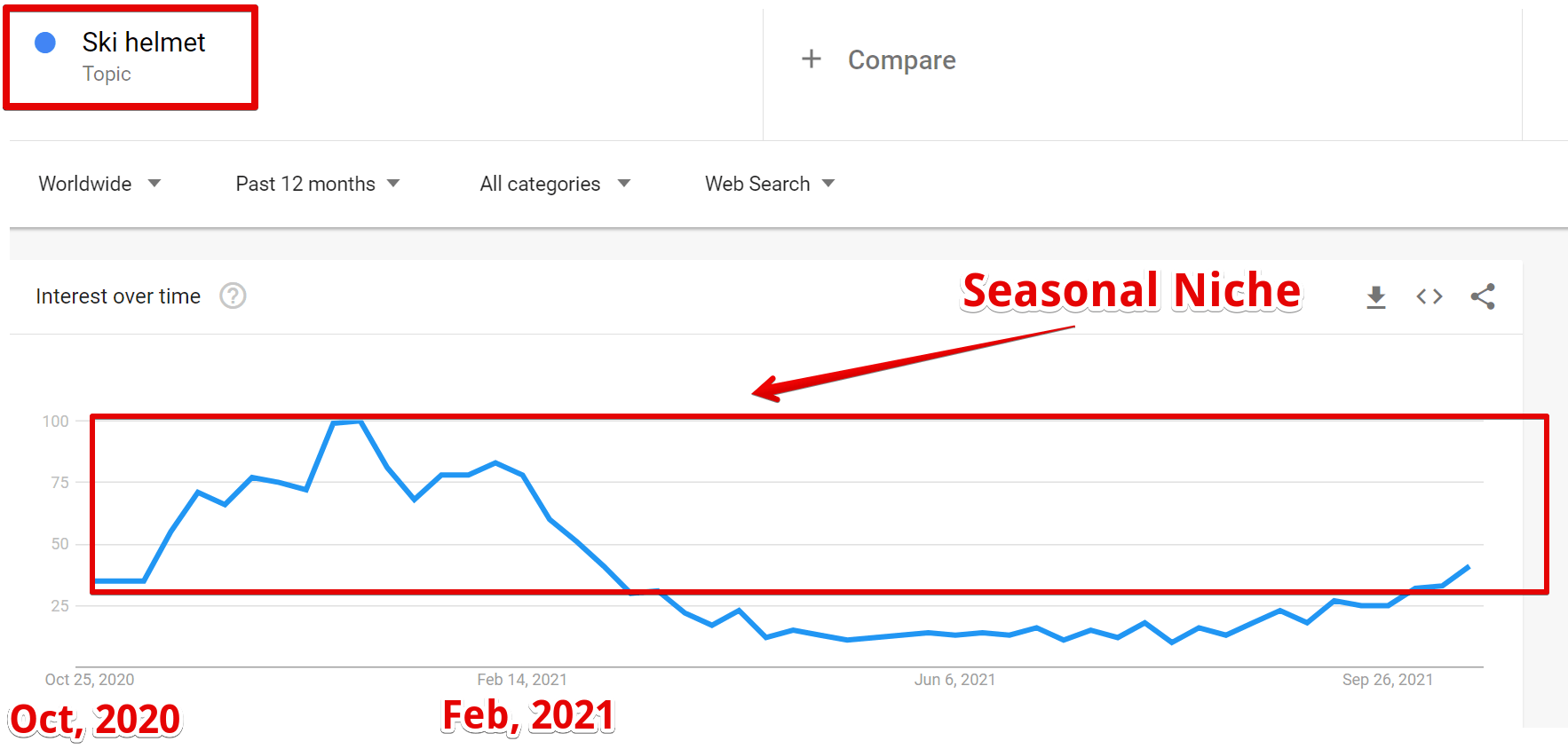
Examine the trend worldwide and explore specific regions for more insights.
For instance, people in Spain won’t be searching for skateboard equipment in May.
From the screenshot above, it’s evident that searches for “Ski Helmet” peak from October to February, corresponding to the winter season in the Northern Hemisphere.
While seasonal niches can excel during their season, they often underperform the rest of the year. Therefore, if you’re just starting out, it’s advisable to opt for an all-season niche.
Evergreen Niches or All-Seasonal Niches
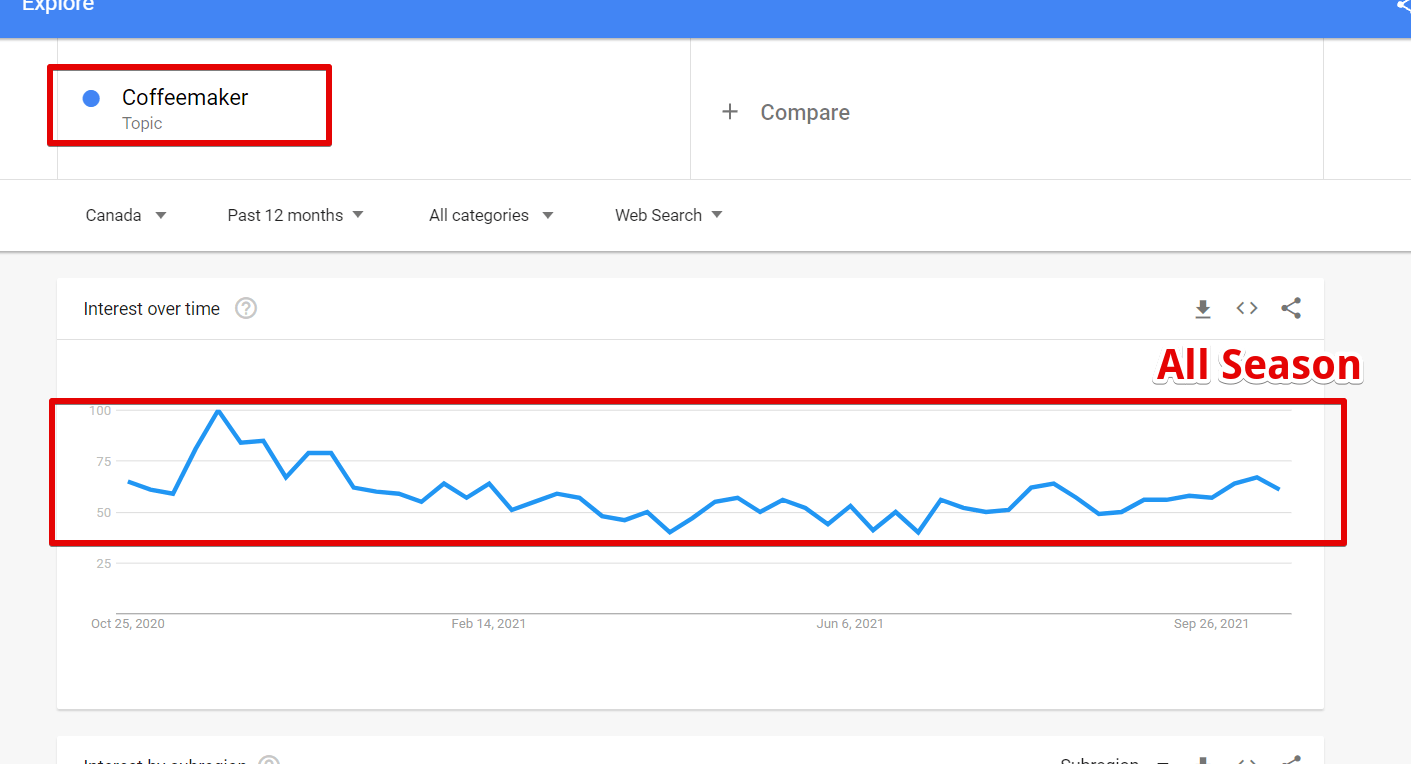
Consider niches that remain relevant throughout the year, like the “making money online” niche. Despite its saturation, such niches can yield consistent revenue over time.
Here are some enduring niche options:
- Dating and Relationships
- Pets
- Self-Improvement
Now, let’s delve into determining the best niche using Google Trends.
How To Find Niches Using Google Trends?
We’ve previously explored Google Trends to determine if a niche is seasonal.
Now, let’s use it to choose the best niche.
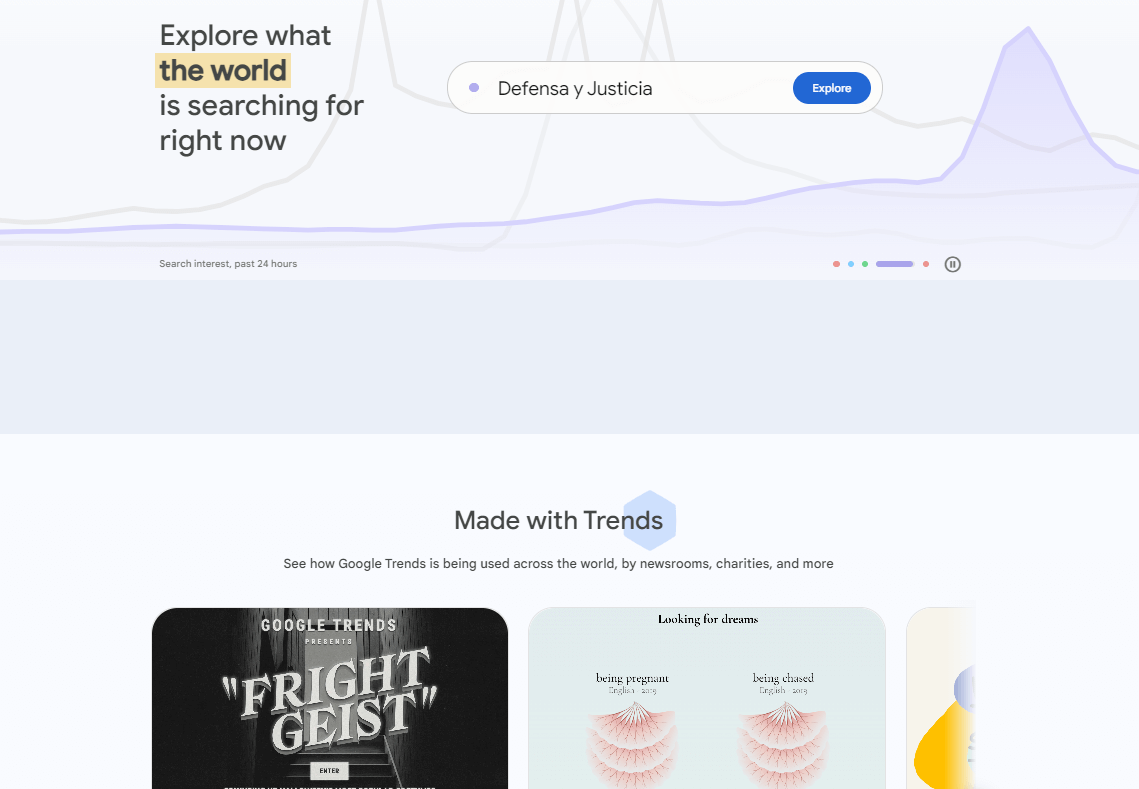
Visit Google Trends and type in a specific niche.
For instance, compare “home coffee machines” and “coffee filters.”
Adjust the region for more specific insights.
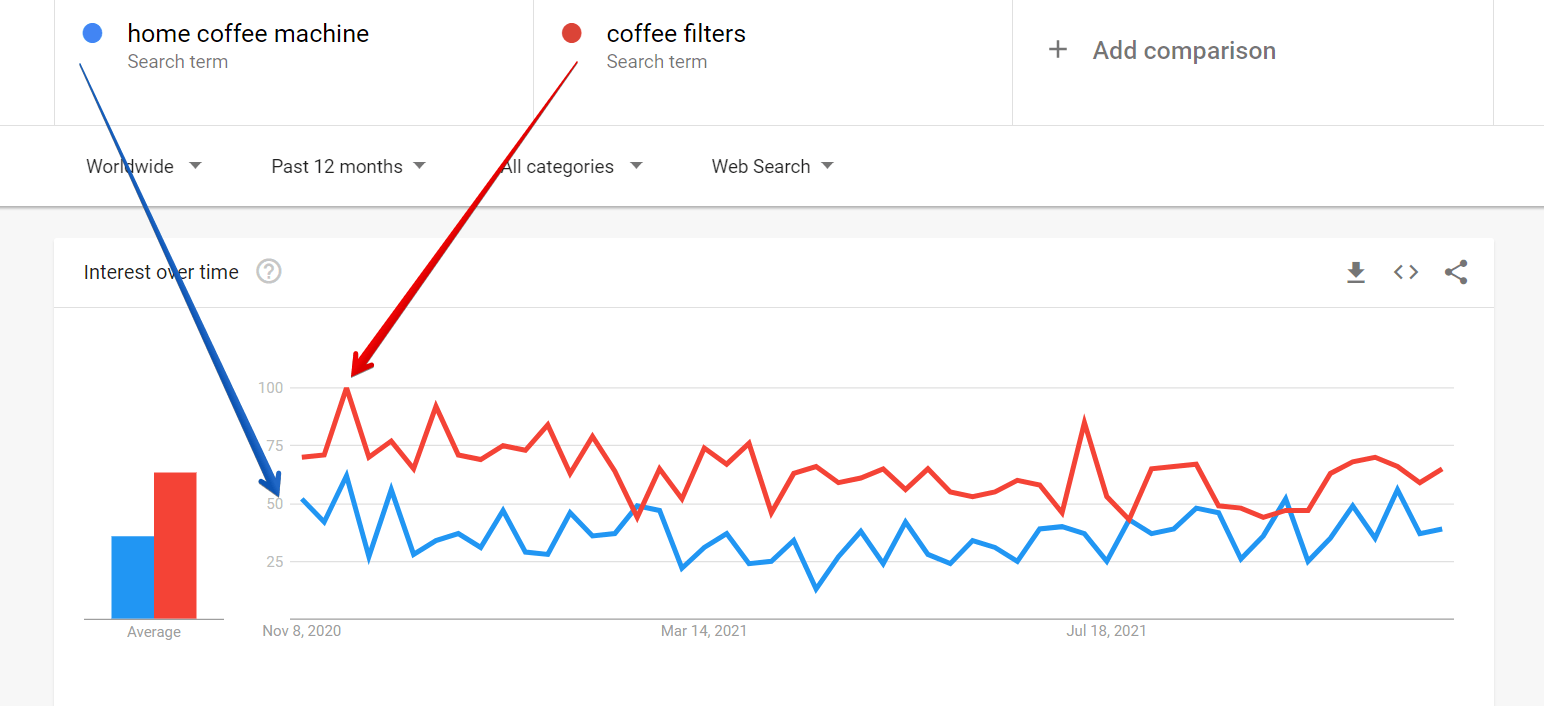
Let’s pick a specific state, for example, Australia, and we see the trend is a bit different:
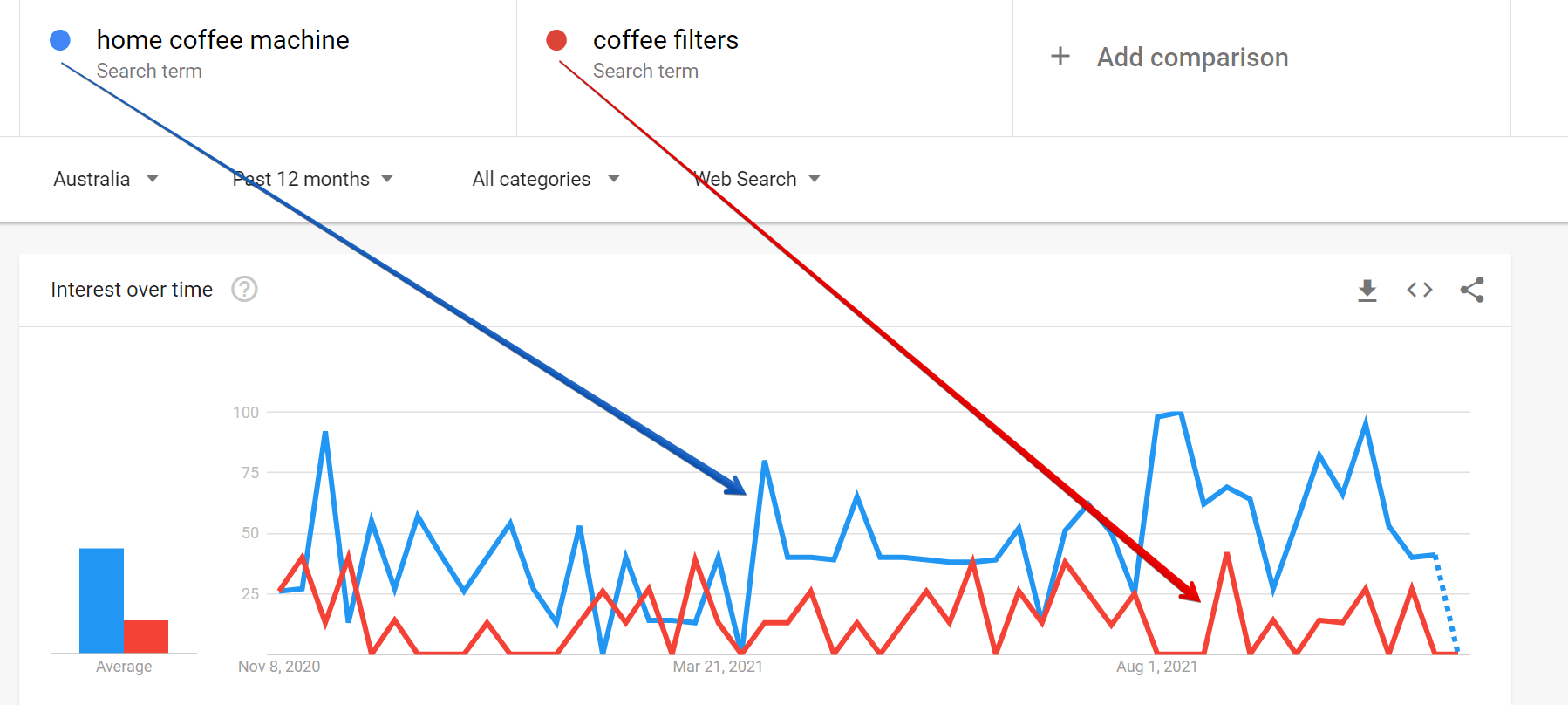
Scroll down and, check the comparison by region and specific states:
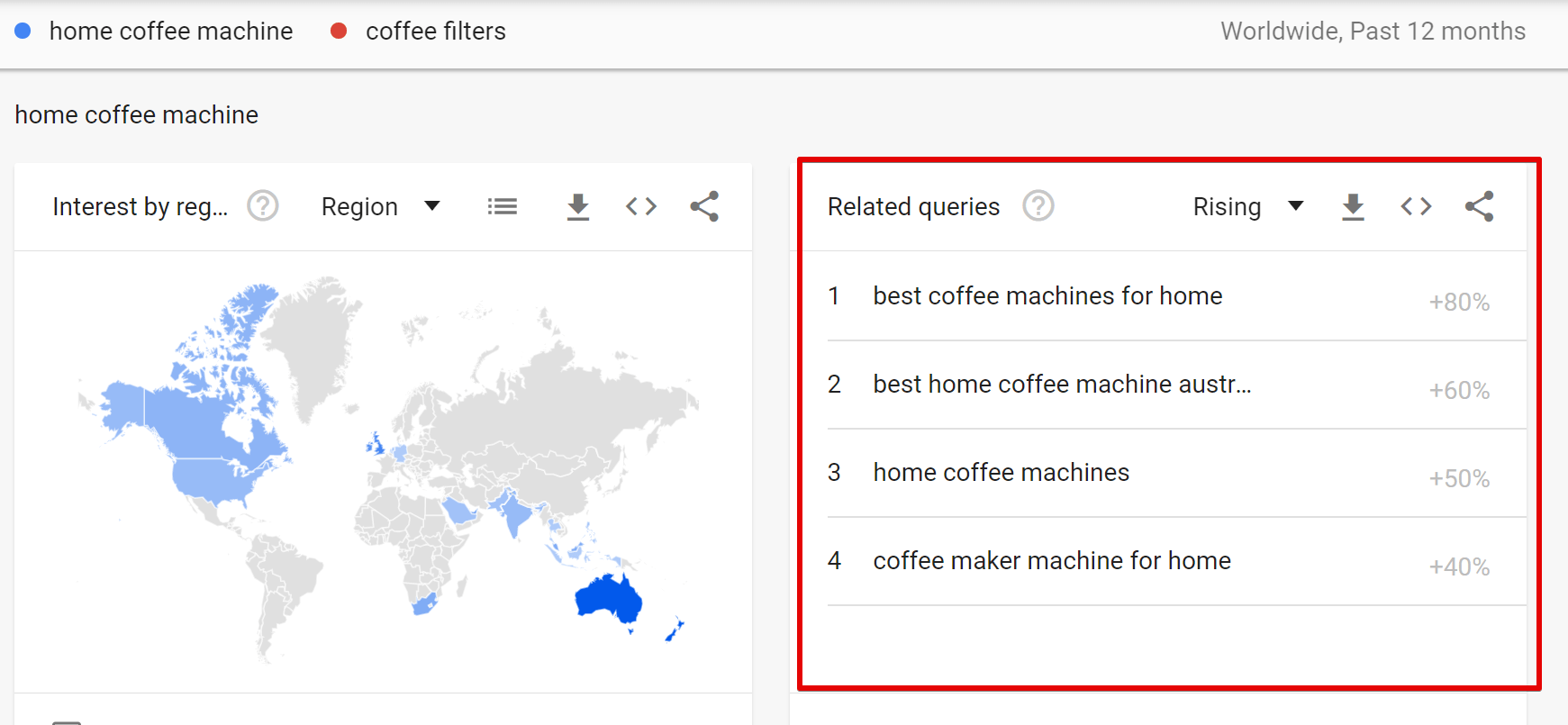
Further down, check also Related Queries.
Google here suggests to you what people search for.
You can even check the most popular search queries.
– Just Select Top
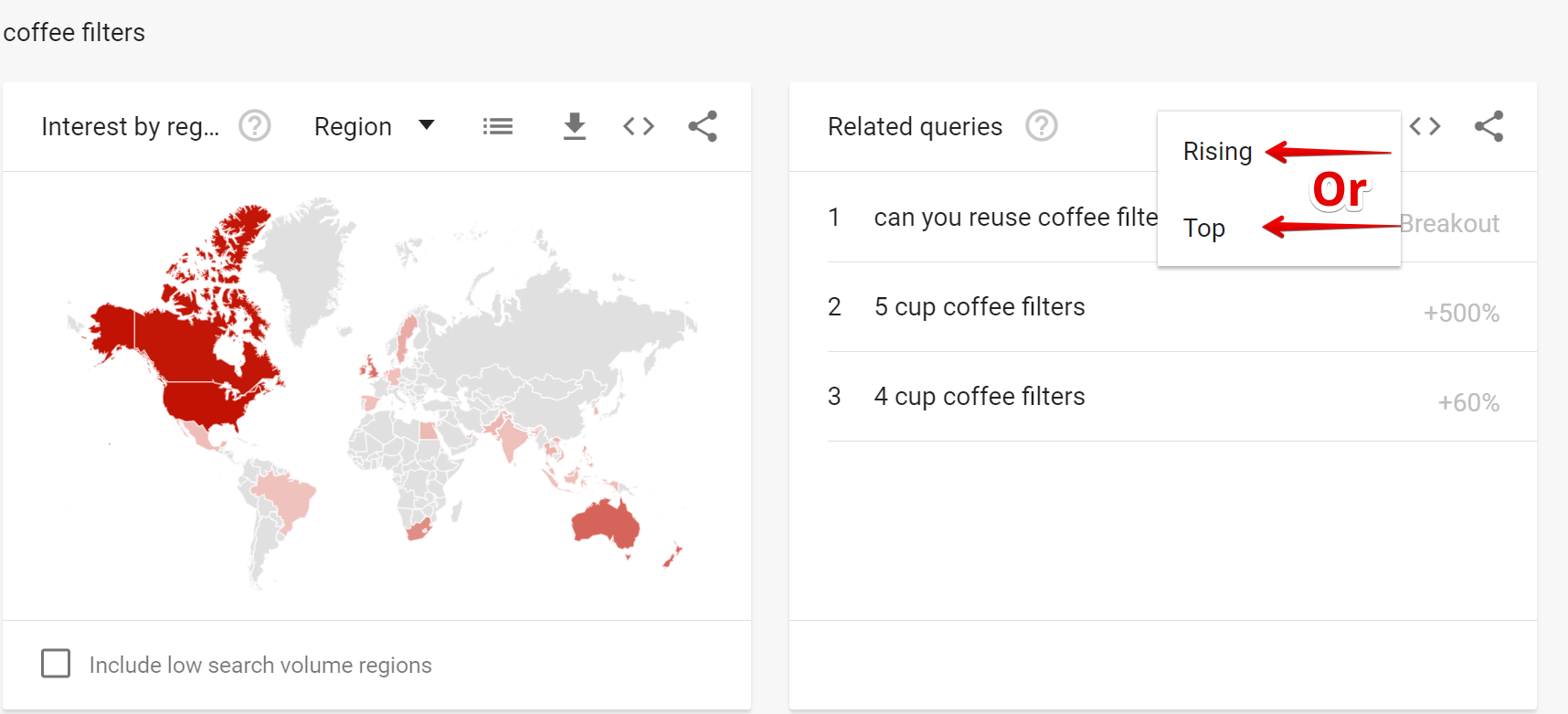
Or the queries with the increase in search frequency since the last time period.
– Select Rising
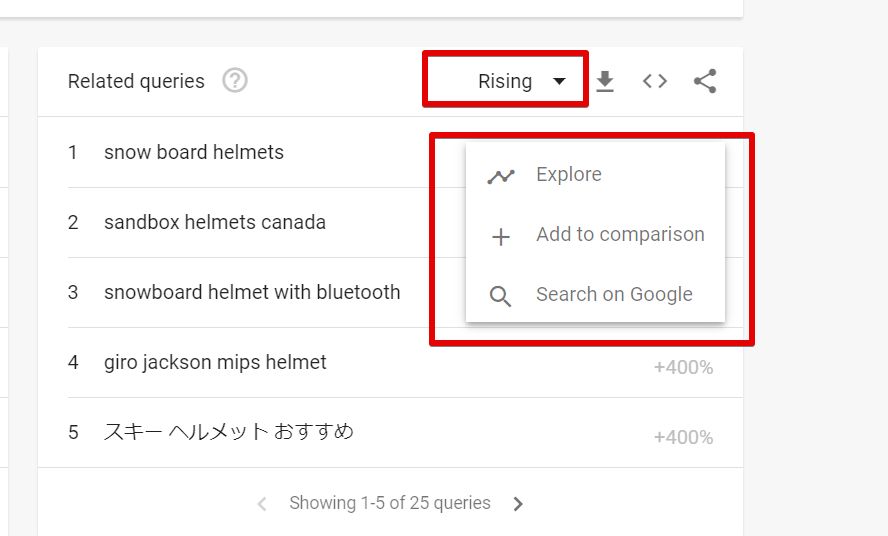
Also for each query, you have 3 options
- Explore
- Add to Comparison
- Search it (Search on Google in the previous Google Trends version)
Google Trends provides suggestions, and you can further explore related queries.
Check the most popular and rising search queries to gain a better understanding of what people are searching for.
Is There a Buyers Market in the Online World?
Before conducting keyword research, you can assess buyer interest by checking if there are ads in the search results.
If you see ads, it indicates that people are buying these products.
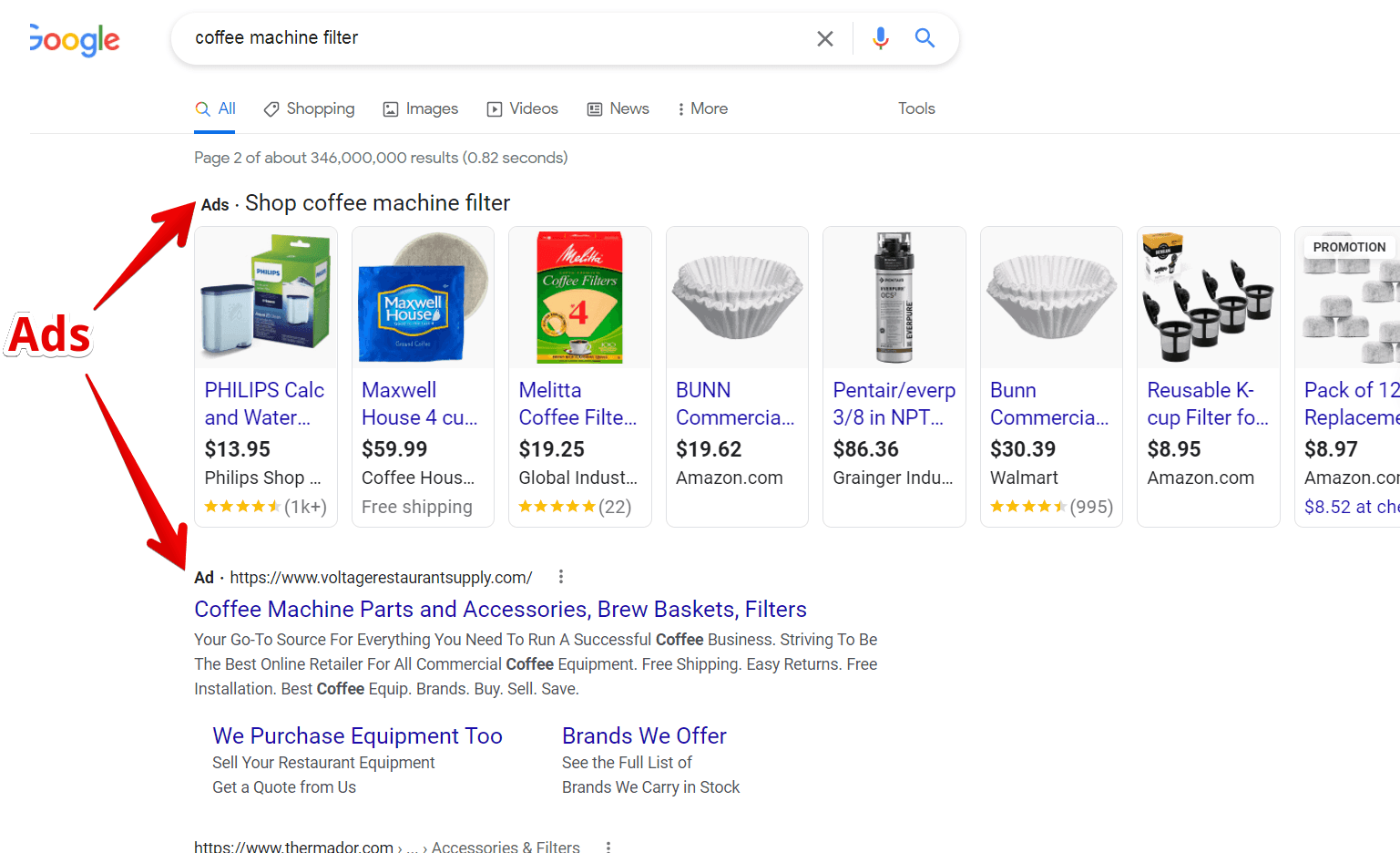
If companies are willing to pay for ads, it suggests a viable market.
You can double-check the same keyword later to confirm the consistency of ads.
Conclusion
In summary, here’s the process in a nutshell:
- Choose a narrow niche and list at least 5 options.
- Use Amazon for inspiration.
- Focus on products within the price range of $50 to several hundred dollars.
- Assess Amazon ratings.
- Explore Google Trends to identify trends.
- Check Google’s suggestions.
- Evaluate business potential.
Whether you opt for Google Trends or explore alternatives to find a niche, making the right choice is crucial.
Avoid jumping from one niche to another without a clear focus. Invest time in proper niche selection
If you have questions, please ask in the comments below. I’ll do my best to provide feedback within 24 hours.
Thank you for reading, and if you found this article helpful, consider sharing it with your friends.
Mike.

Finding a niche can be frustrating for a beginner. Using your tip to go to Amazon for ideas is not one that I would have thought of but it certainly can have an effect on what you finally select as your niche. I would also suggest to choose a niche where you have a great deal of passion or experience in. This can make choosing much easier. Using google trends can help you narrow down which niche you finally decide on.
Jerry
Hey Jerry,
Absolutely.
When choosing a niche – having passion or at least a great deal of interest is crucial.
Thanks a lot for your comment
Mike